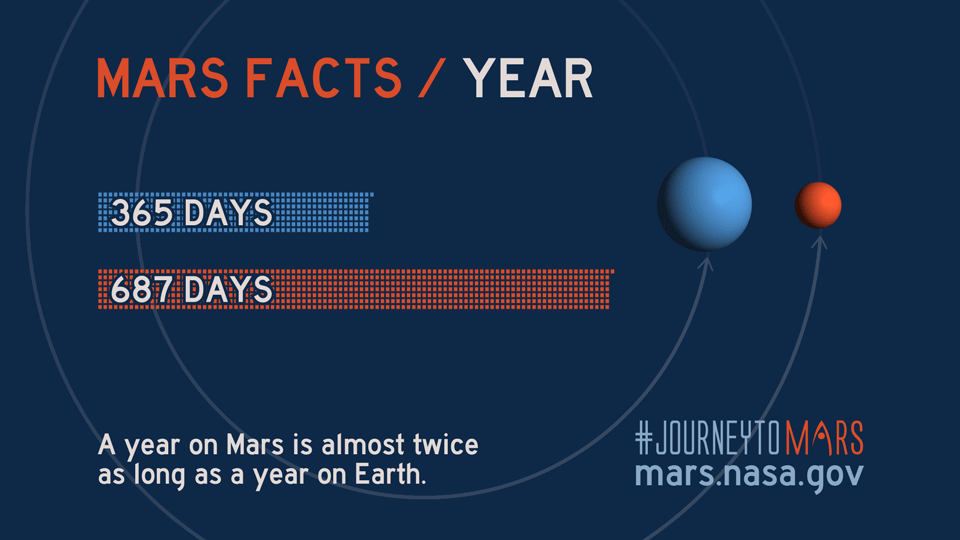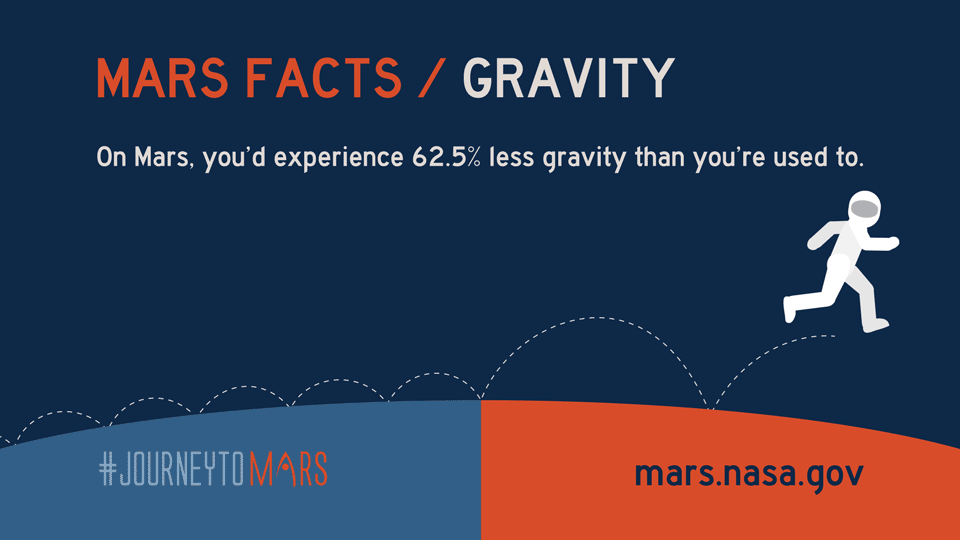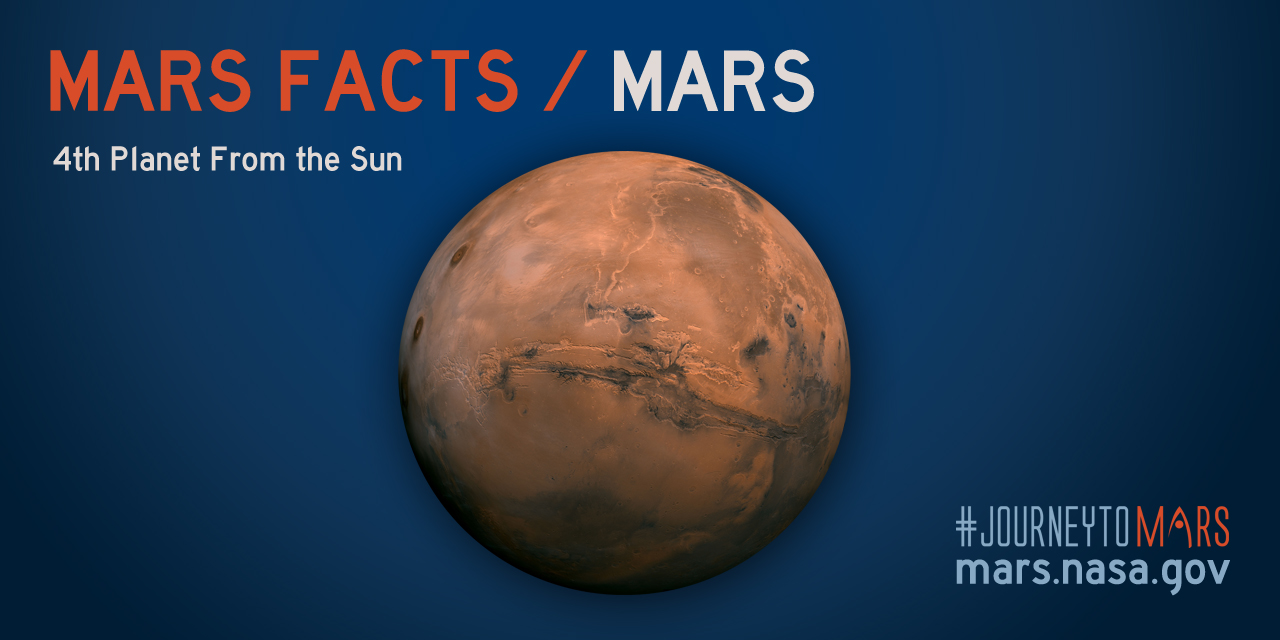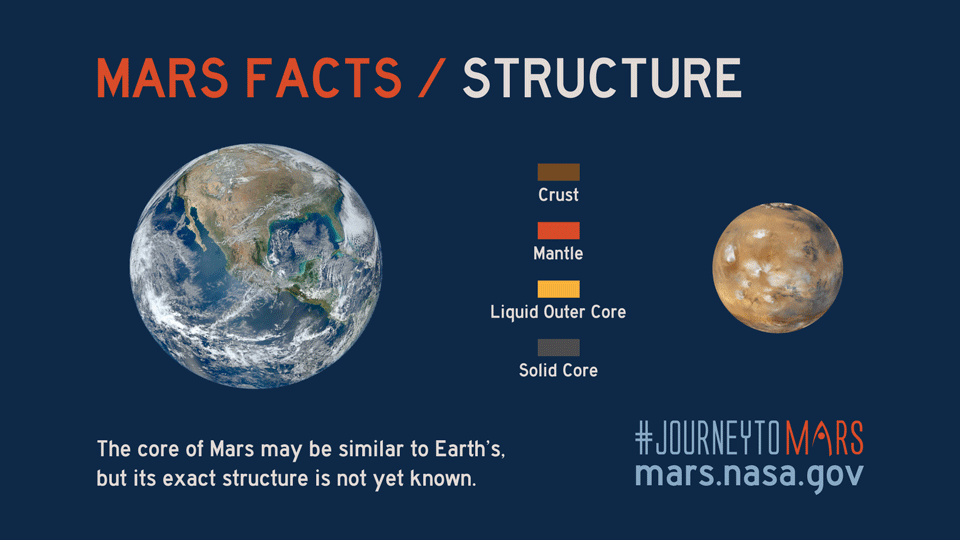MARS - OUR NEXT HOME
In This Blog, we will study The red planet in Detail. It involves the following Topics
1. Quick Facts
2. Structure
3. Atmosphere
4. Borealis Impact
5. Life on Mars
1. Quick Facts
- Length of one day on Mars is 24 Hrs 37Min

- Length of one Year is 687 earth days
- The Sky Colour of Mars is Dark Yellowish Brown(Butterscotch)
- The temperature of Mars is -87 Degree F

- The Gravity On Mars is 3.7m/s square which is 0.375 on earth
- The highest atmospheric density on Mars is found 35 km above the earth's surface.
- Mars is named after the Roman God Of War Due to its red color which resembles blood.
- Mars has the biggest mountain of the solar system Olympus Mons and the largest crater of the solar system Hellas Planitia

- Mars have two small moons Phobos and Deimos
2. Structure
Like Earth, Mars also have Molten Core, Mantle, and Crust. The Core of Mars is metallic consisting of nickel and iron and a small amount of sulfur. The Core is partially molten and is surrounded by a silicate mantle that forms most of the tectonic plates and volcanic features of Mars. At the martian crust, the most abundant metals are magnesium, iron, potassium, aluminum, and calcium.
The Average Length of Mars crust is 50 km which is more than Earth's crust average of 40km.
3. Atmosphere

Mars has a very thin atmosphere that cannot support life without any modifications. The color of the martian soil is red due to the presence of iron oxide. The sky usually is of pinkish-red color due to the presence of Martian dust which absorbs Blue color and scatters red color. Thus leading to the pinkish-red color of the Martian sky. Although the dust particles always create a blue halo around the sun which is clearly visible when the sun is near the horizon ie.during the sunset and sunrise which results in the blue color of the sun during sun.
Here is the distribution of gases in the martian atmosphere.
Oxygen- 0.17%
Carbon Dioxide - 95.32%
Carbon Monoxide - 0.07%
Nitrogen- 2.6%
Argon- 1.9%
4. Borealis Impact

After sending so many probes, rovers and satellites to Mars we have now understood all the features of the Martian surface. The Martian surface also tells us about its violent history. There is a giant Northern Basin on Mars that covers 40% of the Martian surface. It was assumed by studies of the Martian Surface that simple organic life once might exist on Mars and the Borealis Basin is a link between this. It was hypothesized that ancient martian creatures that lived on Mars got extinct when a pluto sized object collided with Mars. Also, due to this collision, a giant basin was formed on the north polar region of Mars. This theory is also called the Borealis Impact.
5. Potential for Life

After so many researches on the Martian surface it is clear that currently, mars don't have any living creature of its own. Instead of finding life on Mars, scientists are looking for shreds of evidence for ancient life on Mars when it was warm and covered with water. Also, many space agencies are looking forward to start a human civilization on Mars by sending astronauts. There are so many missions that are planned for implementing this but we will study them in the next part. Currently, Mars is the only planet where we have hope to start a human civilization and hopefully, we can surely do this in the near future.
Thanks for giving your precise time to this to this blog









Good Job & I really appreciate for sharing this blog. You can also take a look at haute her for health and beauty tips
ReplyDeletethank u bro
DeleteYEAH.Your work is very impressive.But I think Mars is not sustable for humanity in next generation.Look.There are many problems and hindrances for humanity to colonize Mars.First,the communication between earth and mars are often block by Sun.So we cannot ensure reliable communicatuon when we send people there.Second,it does not contain thick atmosphere.It contains only thin atmosphere rich in carbon dioxide.Wherein the atmosphere cannot block sun's radiation for human there.Third,It does not have magnetosphere.Wherein,tha planet cannot block cosmic and sun radiation and even solar wind that can be harmful for humanity.So we must hide under the surface of Mars or create shield for human to avoid such harmful radiations.And fourth,if we colonize Mars,we will just stay there for short period of time,surely,since the sun will have some bizzare phenomena when it enters into red gian phase.Like swallowing the inner planets.We must look in other planet,such as Titan,moon of Saturn.Wherein this is only have thick atmosphere similar to our planet with methane about 1-2%.We can also get the oxygen on its surface(H20).
ReplyDeletethank u bro for your feedback
DeleteYEAH.Your work is very impressive.But I think Mars is not sustable for humanity in next generation.Look.There are many problems and hindrances for humanity to colonize Mars.First,the communication between earth and mars are often block by Sun.So we cannot ensure reliable communicatuon when we send people there.Second,it does not contain thick atmosphere.It contains only thin atmosphere rich in carbon dioxide.Wherein the atmosphere cannot block sun's radiation for human there.Third,It does not have magnetosphere.Wherein,tha planet cannot block cosmic and sun radiation and even solar wind that can be harmful for humanity.So we must hide under the surface of Mars or create shield for human to avoid such harmful radiations.And fourth,if we colonize Mars,we will just stay there for short period of time,surely,since the sun will have some bizzare phenomena when it enters into red gian phase.Like swallowing the inner planets.We must look in other planet,such as Titan,moon of Saturn.Wherein this is only have thick atmosphere similar to our planet with methane about 1-2%.We can also get the oxygen on its surface(H20).
ReplyDeleteRobert Zubrin has pointed out that Titan possesses an abundance of all the elements necessary to support life, saying "In certain ways, Titan is the most hospitable extraterrestrial world within our solar system for human colonization." The atmosphere contains plentiful nitrogen and methane.
ReplyDeletethank u bro in future i will also write a blog on titan
DeleteBTW Gautam,This is Samuel A.Estrope lll
ReplyDeletethank u bro for visiting in my blog
Delete